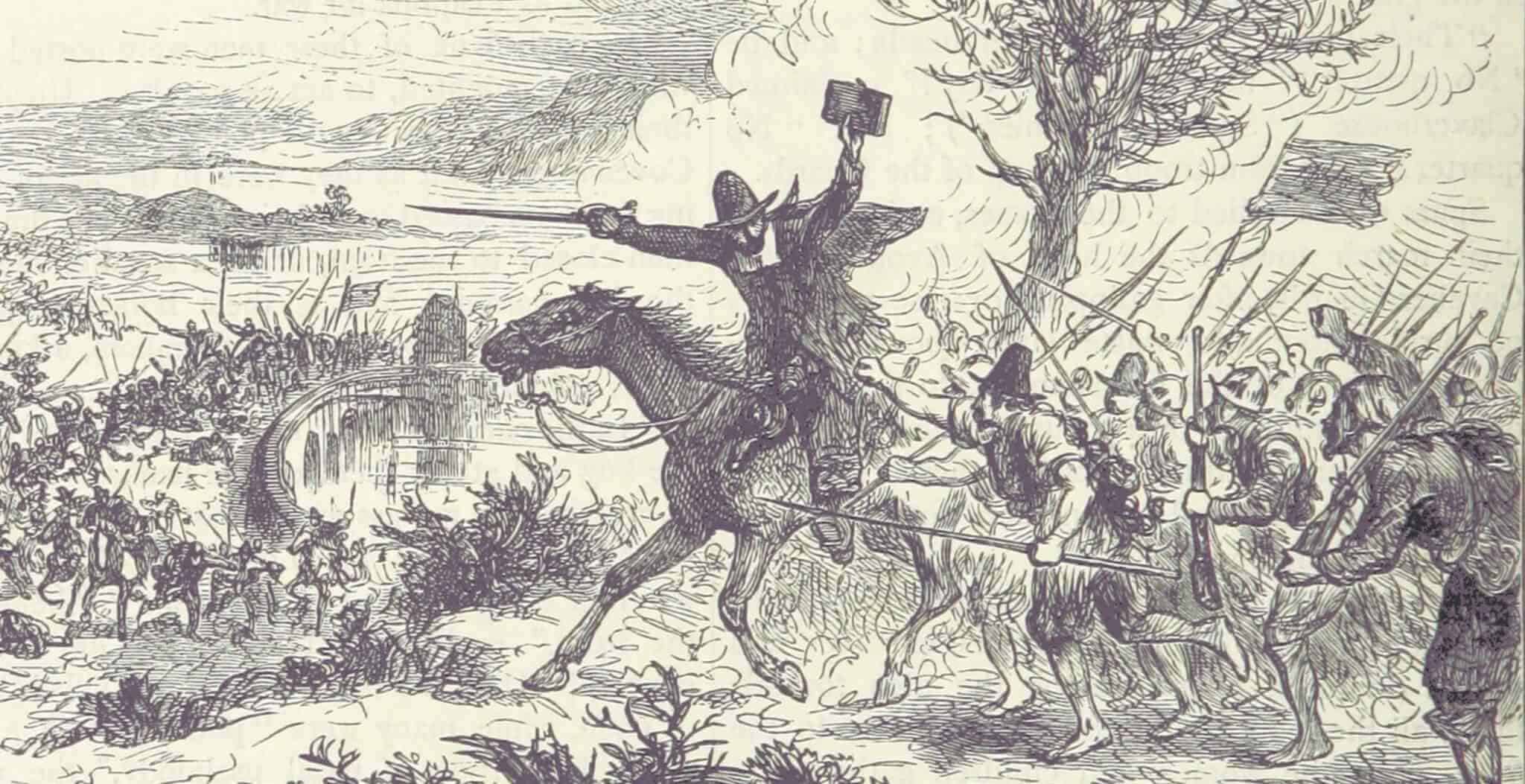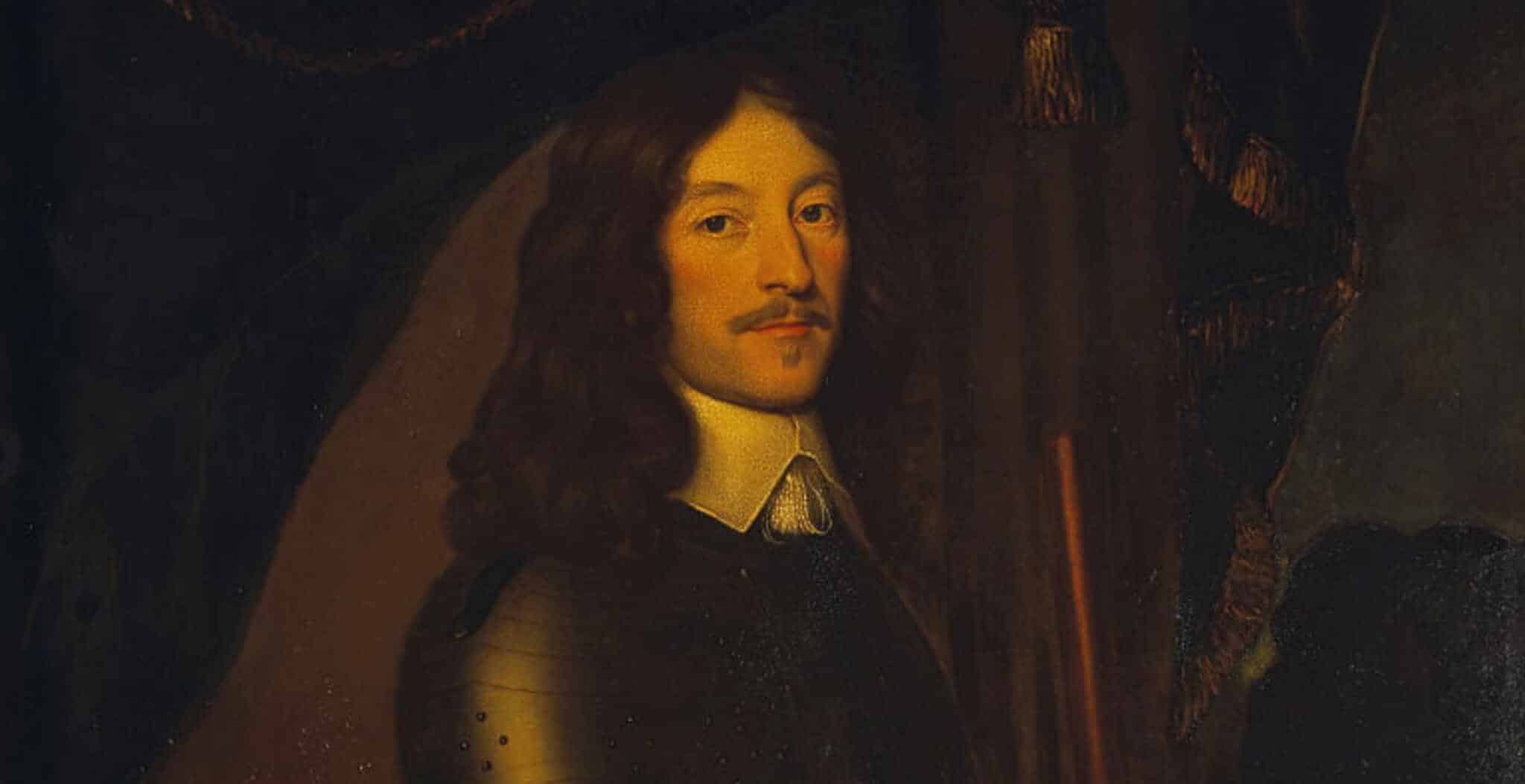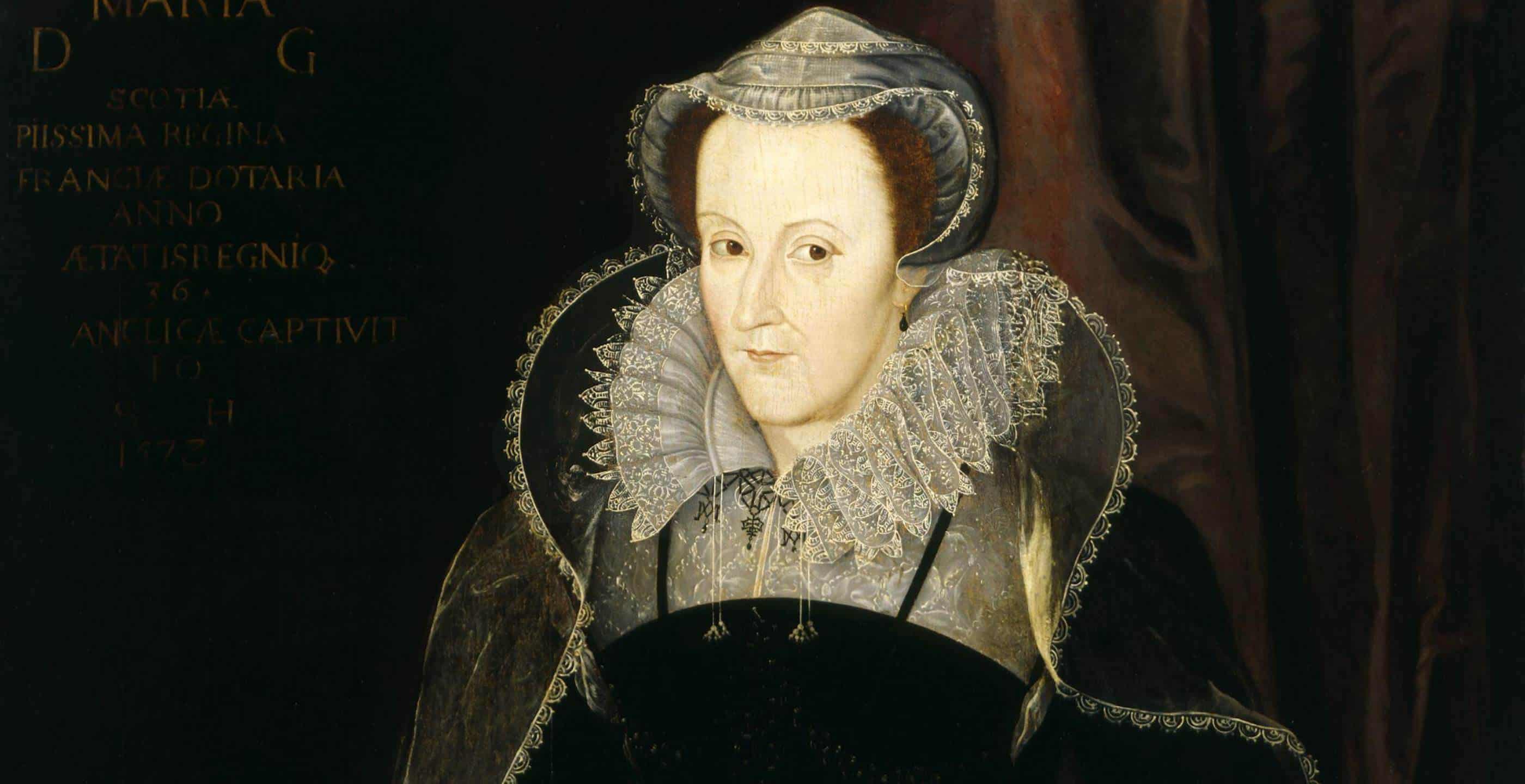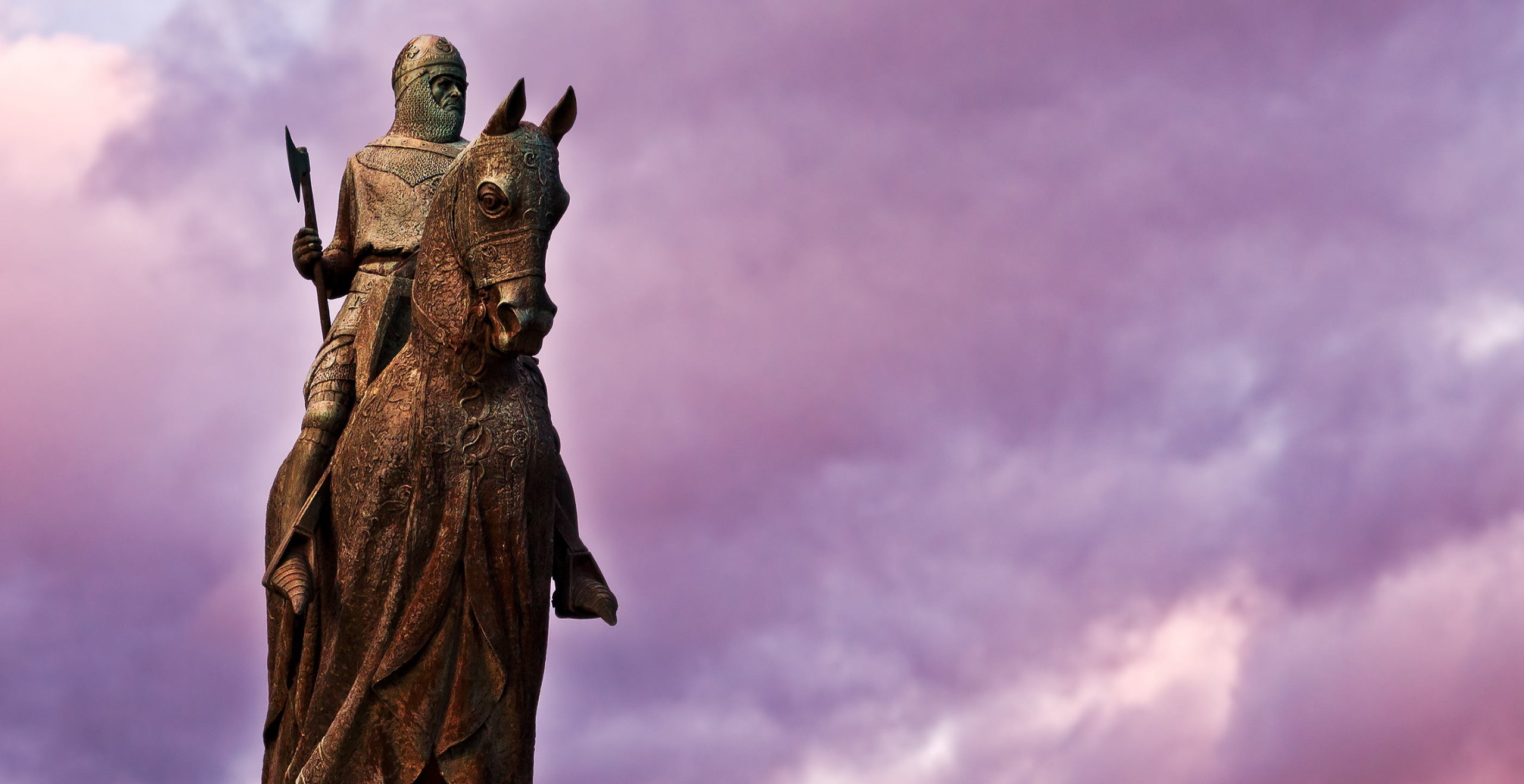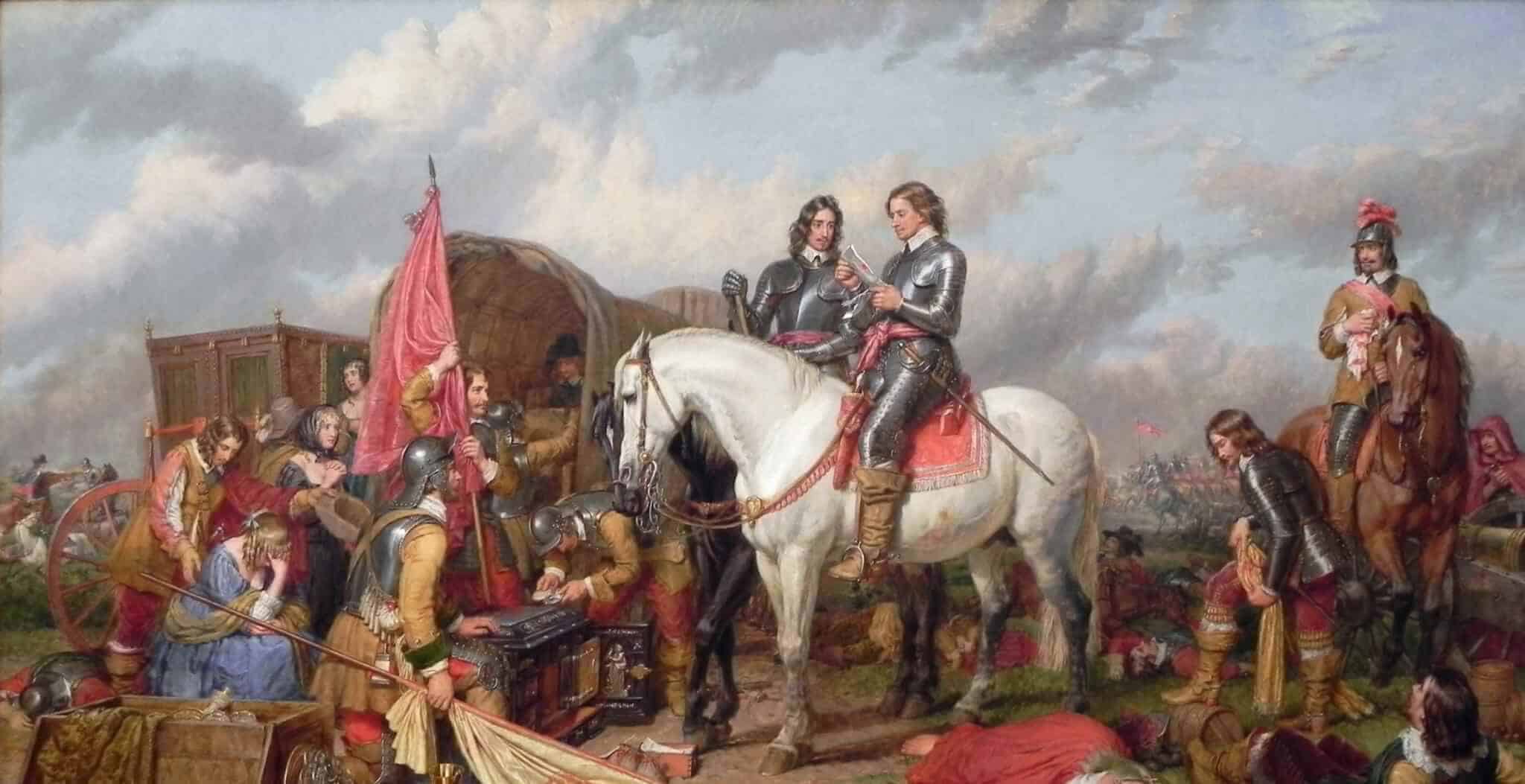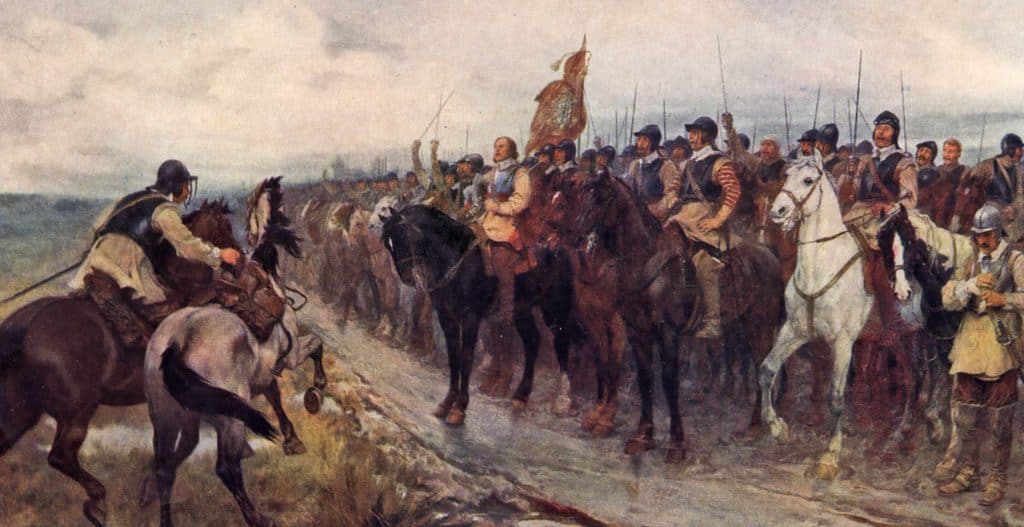Following his restoration to the throne, King Charles II gradually imposed strict controls on the religions practiced throughout his kingdoms. In particular the Presbyterian Covenanters of Scotland were singled out and persecuted for their beliefs.
Although one small uprising had been quelled in 1666, many hard-liners continued to hold their illegal outdoor meetings. Such meetings were regularly broken up by local government forces. At one of these meetings in early June 1679, the roles were reversed and the government dragoons were routed by armed Covenanters.
Following this encounter King Charles ordered his son James, Duke of Monmouth north, to bring the rebels to heel. At the head of a government army comprising around 5,000 men, Monmouth engaged the rebels at Bothwell Bridge on the River Clyde.
The Covenanter force, although a little larger in size, lacked discipline and any sort of command structure. And so, on the morning of 22nd June, one of the few rebel leaders with any military experience, David Hackston, led a small band of experienced troops onto the bridge and held it briefly before running out of ammunition. The government troops advanced across the bridge unopposed and the rebels fled.
Over 1,000 Covenanters were taken prisoner and held in Edinburgh before being shipped to the colonies.
Click here for a Battlefield Map
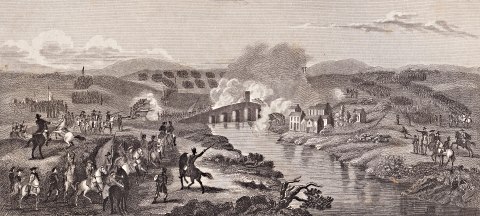
Key Facts:
Date: 22nd June, 1679
War: Scottish Covenanter Wars
Location: Near Bothwell, Lanarkshire
Belligerents: Scottish Government, Covenanter Rebels
Victors: Scottish Government
Numbers: Scottish Government around 15,000, Covenanter Rebels around 3,000
Casualties: Scottish Government negligable, Covenanter Rebels 600
Commanders: James Scott, Duke of Monmouth (Scottish Government – pictured at the top of this article), Robert Hamilton (Covenanter Rebels)
